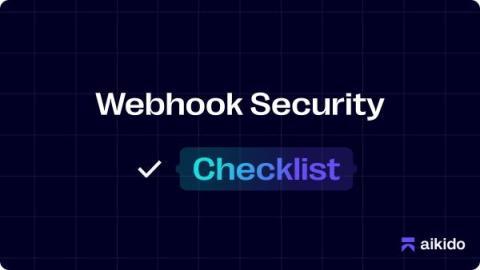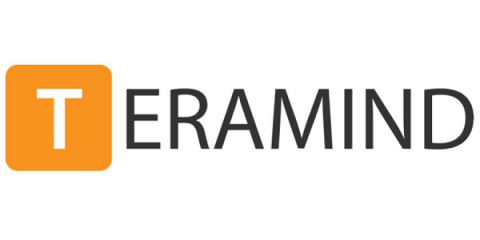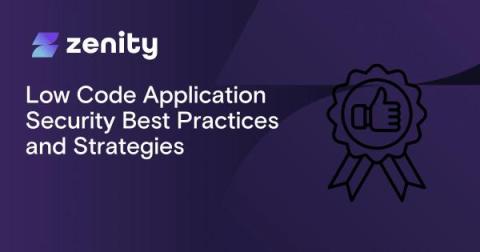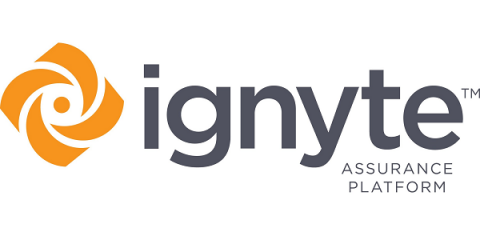Security vs. Compliance: What's the Difference?
Security and compliance – a phrase often uttered in the same breath as if they are two sides of the same coin, two members of the same team, or two great tastes that go great together. As much as I would like to see auditors, developers, and security analysts living in harmony like a delicious Reese’s cup, a recent gap analysis that I was part of reminded me that too often, the peanut butter and chocolate sit alone on their own separate shelves.











